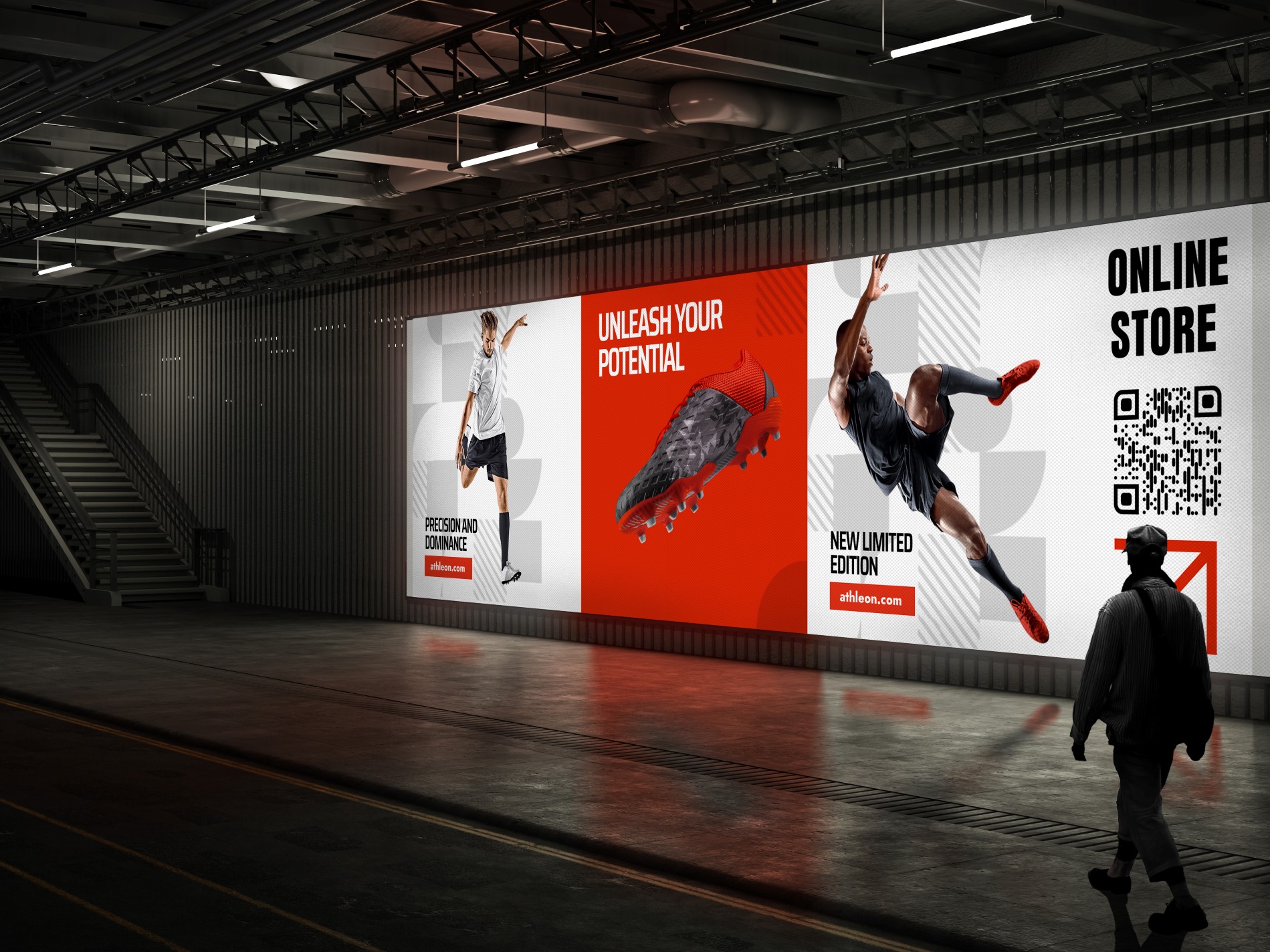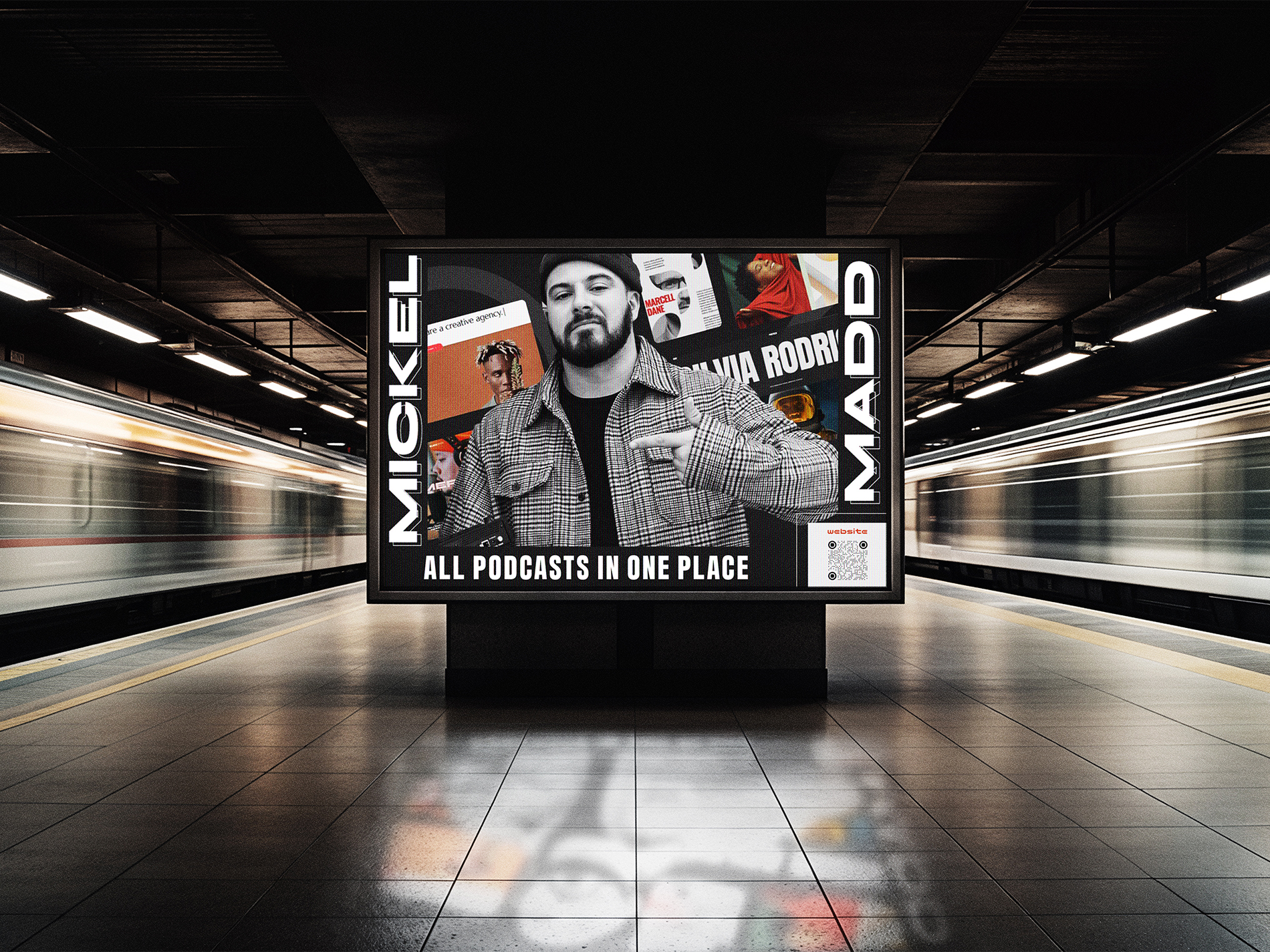Global e‑commerce and mobile commerce continue to surge. Analysts project that mobile commerce alone will generate $2.51 trillion in sales in 2025, with 63 % of global retail e‑commerce revenue now coming from mobile devices. Almost 1.65 billion people shop via their phones, and smartphone orders already represent 69 % of online purchases. In a world where billions of transactions happen in a pocket‑sized screen, your website’s performance is a direct reflection of your brand.
Here are seven red flags—and the data behind them—that signal it’s time for an upgrade.
Slow Loading Pages Kill Conversions
Site speed is not just a user‑experience metric; it directly affects revenue. A comprehensive study on over 100 million page views found that websites loading in 1 second convert 3× better than those loading in 5 seconds. For e‑commerce specifically, a 1‑second load time delivers conversions 2.5× higher than a 5‑second load. Each extra second of waiting reduces your conversion rate by roughly 0.3 %. In practical terms, if 1 000 visitors each want to buy a $50 product, a 1‑second page could yield $1 525 in sales, while a 4‑second page might only produce $335.
Actionable insight: Optimise your server, compress assets, defer heavy scripts and aim for a 1–2 second load time. Faster pages mean higher conversions.
Friction in the Shopping Experience Drives Customers Away
User experience makes or breaks online sales. Research shows that 40 % of shoppers move to a competitor after a poor mobile experience, and 84 % of consumers have difficulty completing a transaction on mobile. Globally, the average cart abandonment rate hovers at 70.19 %, indicating that a majority of carts never turn into orders. The gap between mobile and desktop is also striking: abandonment spikes to 79 % on mobile versus 68 % on desktop, underscoring how small screens magnify checkout pain points.
Actionable insight: Simplify navigation, streamline checkout, reduce form fields, and offer guest checkout and digital wallet options. Remember: eliminating one extra step can improve conversions significantly.
An Outdated Design Erodes Trust in Seconds
Design communicates credibility before a single product description is read. According to web credibility research, 75 % of users judge a company’s credibility based on its website design, and 94 % might mistrust a site if its design appears low‑quality. More remarkably, users form an opinion in 0.05 seconds, and 38 % will stop engaging if the layout is unattractive. An outdated interface signals neglect and can repel high‑intent buyers.
Actionable insight: Invest in a modern, mobile‑responsive design with clear typography, accessible color palettes, and consistent branding. Update the look every few years to align with current aesthetics and build trust at a glance.
Poor Mobile Optimisation Costs You the Majority of Your Audience
Mobile isn’t just another channel—it’s now the primary one. Latest industry data show that more than 60 % of total website traffic and over 70 % of e‑commerce traffic come from mobile devices. Experts estimate that over 70 % of all online sales in 2024 happened on a smartphone. Smartphones generate 69 % of global shopping orders, and mobile shoppers are projected to reach 79 % of all smartphone users by 2025. Yet conversions lag: aggregated benchmarks show that conversion rates average 2.8 % on mobile versus 3.2 % on desktop, with desktop still converting 1.7× higher.
Mobile shoppers also abandon carts at an astonishing rate. In some countries, mobile cart abandonment reaches 90 %, while smartphones globally have higher abandonment than desktop. Apps tell a different story—custom apps deliver 130 % higher conversion rates than mobile websites.
Actionable insight: Adopt a mobile‑first approach. Ensure responsive layouts, larger tap targets, autofill for forms, and seamless integrations with Apple Pay, Google Pay, and other digital wallets. Consider developing a lightweight shopping app for repeat customers.
Weak Product Structure and Search Undermine Discovery
Great products don’t sell if people can’t find them. Benchmark data reveal that mobile sessions account for 75 % of traffic but still convert at just 2.8 %, compared to 3.2 % for desktop. Sector differences are also stark: Food & Beverage sites achieve conversion rates around 4.9 %, while Home & Furniture struggle at 1.4 %. Moreover, customers using on‑site search convert 2–3× higher than those browsing without search.
Actionable insight: Structure your catalog thoughtfully with clear categories, faceted filters, and product tagging. Implement a robust search engine—preferably with auto‑suggest and synonym handling. Encourage and display product reviews; items with 11–30 reviews convert 68 % better than those without.
Neglecting SEO Cuts Off “Free” Traffic and Conversions
Organic search remains one of the most cost‑effective acquisition channels, but it only works if your site is optimized. The global average e‑commerce conversion rate is about 1.65 %. That means, on average, 98 of every 100 visitors leave without purchasing. Without strong SEO fundamentals—structured metadata, clean URLs, alt text, fast loading, and indexable pages—those precious visitors may never arrive.
Actionable insight: Audit your site’s technical SEO. Implement schema markup, optimize images, compress code, and ensure mobile speed. Maintain a regularly updated blog or resource section to capture long‑tail search queries. The combination of better visibility and performance can drive incremental revenue at low cost.
Complex Management and Outdated Checkout Processes Drain Resources
If you need a developer to update prices or add a product, your platform is costing you time and money. Checkout is another profit sink: global cart abandonment is about 70 %, with extra fees, forced account creation, and trust issues being top reasons. Simplifying the backend reduces maintenance overhead and ensures you can react quickly to market trends.
Actionable insight: Migrate to a modern commerce platform with an intuitive dashboard. Enable guest checkout, auto‑save carts across devices, and implement one‑click purchasing with saved payment methods. Streamlined systems empower your team to focus on marketing and growth rather than technical firefighting.
How Straytags Solves These Problems
Straytags is designed to address each of these pain points, turning them into advantages:
Speed built in: Our sites are engineered for lightning‑fast load times, using optimized code, CDN hosting, and image compression to meet the 1–2 second benchmark.
Seamless mobile experience: We adopt a mobile‑first approach, ensuring layouts, menus, and checkouts work flawlessly on smartphones. For power users, we offer custom app integrations with higher conversion rates.
Modern design & trust: Our designers create bespoke, on‑brand interfaces that build trust instantly and remain visually fresh for years. Accessibility and intuitive navigation are standard.
Smart structure & search: We build clean product hierarchies with faceted filters and advanced on‑site search, improving discoverability and leveraging customer reviews to boost conversions.
SEO from day one: Straytags sites come with structured data, clean URLs, alt tags, and metadata preconfigured for search engines. Technical SEO is built into the platform.
Easy management: A visual CMS lets you add products, edit pages, and launch campaigns without a developer. Real‑time analytics and reports are available in your dashboard.
Checkout optimization: We streamline checkout with guest options, saved payment methods, and support for major digital wallets, reducing abandonment and boosting trust.
Scalable & secure: Hosting, domain, and SSL are included. Our infrastructure scales with your business while keeping performance and security at the forefront.
By partnering with Straytags, you don’t just fix a slow site—you gain a modern commerce engine that attracts visitors, converts them into customers, and grows with your business.



